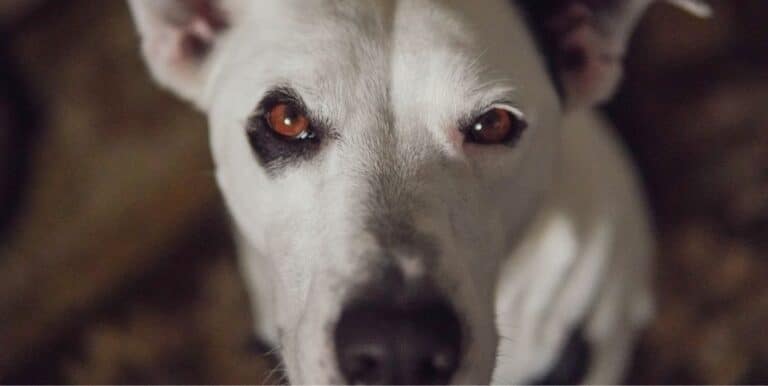What are the Different Types of Flea Treatments for Dogs and Cats?

There are numerous flea treatments for dogs and cats, each with their own merits. Most commonly people now prefer topical medications like Advantage® or Frontline®, which are applied once monthly and tend to kill most fleas. For a bad flea infestation, these may not work adequately and may need to be applied more frequently. Augmenting topical treatments with other methods to kill the majority of the fleas is often required in these cases.
A quick way to get rid of most fleas is either through a flea bath, or by using flea shampoo. Flea shampoo often contains ingredients like pyrethrins, which will eliminate most fleas. While most dogs will tolerate the flea bath with a great deal of forbearance, these types of flea treatments, especially when involving bathing tend not to be tolerated by most cats. You can bathe a cat, but you often do so at your own risk. The occasional cat doesn’t mind, but most detest immersion in water.

For cats, one can also use a variety of flea treatments in the form of powders or sprays, which are also available for dogs, meant to kill fleas on contact. While these flea treatments can be effective, they have the disadvantage of being potentially dangerous to people, especially children. Since the powder or spray stays on the coat, people petting the animal can easily transfer some of the pesticide to their hands. If hands are not washed after petting an animal, this could result in some pesticide transfer to the mouth.
Less popular flea treatments include flea collars. These are not only supposed to kill fleas, but also to repel fleas. The trouble with most flea collars is that they tend to be rather limited. They often do keep fleas off around the neck and face, but may not discourage fleas farther away from the collar. Especially with larger animals, flea collars are often ineffective flea treatments, and like sprays and powders they release pesticide at all times, causing pesticide exposure to people.
Some flea treatments are now available in oral form, like Capstar® and Program®. These are once-a-month pills given to dogs and cats that retard the growth of fleas so they cannot reproduce and do not bite. Some animals do not tolerate oral flea treatments well, but they do pose an interesting alternative to topical flea treatments.

Once a month topical treatments, like Advantage and Frontline, have the advantage of killing fleas the moment they bite an animal. They may also repel mosquitoes and ticks. Usually, topicals are placed on the neck, or in small drops down the back and are absorbed into the skin. Concern does exist about people’s exposure to these treatments. Both of these topicals advise leaving a dog or cat outside for several hours after treatment so that one is not in contact with the wet topical. Sometimes veterinarians recommend switching back from one topical to another in order to keep fleas from building resistance to the pesticides they contain.
Other possible flea treatments include a variety of “natural” methods for repelling fleas. These include covering carpeting with diatomaceous earth, a form of pumice, which soaks up liquid and essentially dehydrates the fleas, causing death. Steam cleaning the carpet and using essential oils like pennyroyal can also reduce flea infestations. Washing bedding for pets and vacuuming daily can help too. Some pet owners swear by using garlic and/or brewer’s yeast in a pet’s food, since fleas tend not to like the taste of animals that consume these ingredients.






